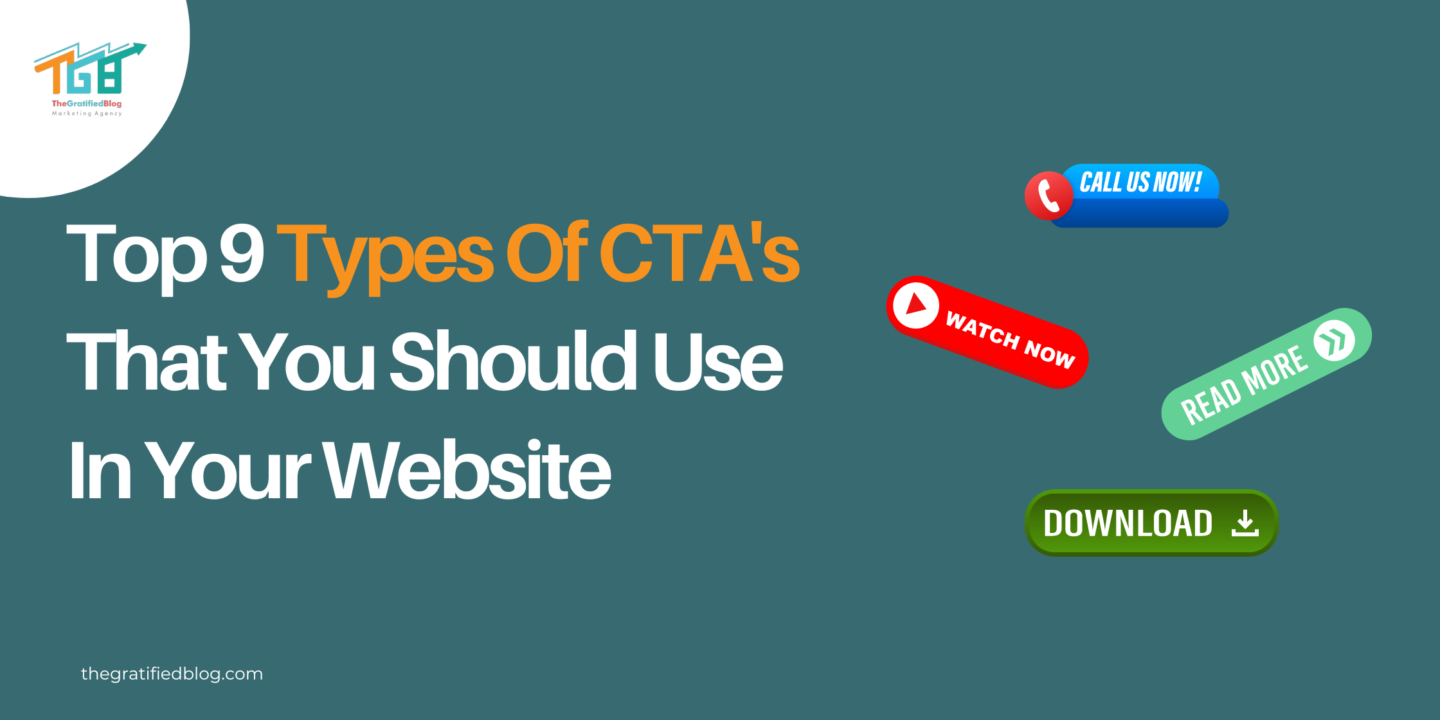
In the modern era of digital advancements, more than merely having a website or online presence is required to engage customers effectively. Guiding users toward specific actions that align with business objectives is crucial. Various types of CTAs play a pivotal role in converting visitors into customers, boosting sales, enhancing engagement, and fostering brand recognition.

So, we have created this blog post that delves into Call-to-Action (CTA) and its significance in digital marketing. We will provide an in-depth analysis of the top 8 types of CTAs (Call-to-action), along with guidelines and recommendations for crafting a captivating narrative or content. CTA. Additionally, we will feature examples of successful Call-to-Action from globally recognized companies.
So, whether you’re a business owner, marketer, or website developer, this blog post is a must-read for anyone looking to improve their website’s conversion rate and achieve their business goals.
So, let’s get started.
What Is A Call To Action (CTA)?
A Call to Action (CTA) refers to a prompt, typically in text, buttons, or images, Created to prompt an instant reaction or engagement of the audience. It serves as an invitation for users to engage further with a website, email, or advertisement.
The purpose of a CTA is to encourage the audience to undertake a particular action, like completing a purchase, subscribing to a newsletter, downloading a resource, or visiting a website.
Significance Of CTAs (Call-To-Action)
As mentioned above, it encourages audiences to take action to help achieve business goals. So, Here are some of the main reasons why CTAs are significant:
Conversion
The ultimate goal of any business is to convert visitors into customers. A compelling CTA can prompt users to take a specific action, such as purchasing a product or service, completing a form, or opting for a newsletter subscription, thus increasing the likelihood of conversion rate.
Sales
CTAs help drive sales by guiding users toward purchasing a product or service. They can also encourage users to take advantage of special deals or promotions, resulting in increased revenue for the business.
Engagement
A thoughtfully crafted CTA can foster user engagement by motivating them to interact with the website, such as engaging in discussions and distributing content on platforms like social media or participating in webinars.
This active participation cultivates a vibrant online community and contributes to heightened levels of engagement.
Customer Retention
By employing CTAs strategically, businesses can retain their existing customers by motivating them to undertake additional actions, such as submitting reviews, enrolling in loyalty programs, or referring friends.
These proactive steps foster increased customer loyalty, leading to a higher likelihood of repeat business and continued engagement.
Brand Awareness
CTAs can increase brand awareness by encouraging users to perform various actions. This can increase brand visibility and awareness, potentially leading to new customers and increased sales.
Now that we have discussed the definitions and the significance of CTAs (Call-To-Action) let’s move on to exploring the various types of CTAs
Top 8 Types Of CTA’s (Call-To-Action)
However, there are several types of CTA’s. But here are the top 8 types of call-to-action businesses used to generate higher revenue.
Lead Generation
Lead Generation CTAs serve as a specialized type of Call-to-Action designed to entice users to share their contact information, such as name and email address, in exchange for valuable resources like eBooks, whitepapers, or exclusive content. The underlying objective is to generate leads for future marketing endeavors.
By acquiring user details through Lead Generation CTAs, Organizations can construct a focused email list and establish a means for ongoing communication. This allows them to nurture leads over time, engaging them through personalized marketing campaigns tailored to their specific interests and needs.
Ultimately, lead-generation CTAs enable businesses to cultivate a pool of potential customers and enhance the effectiveness of their marketing tactics.
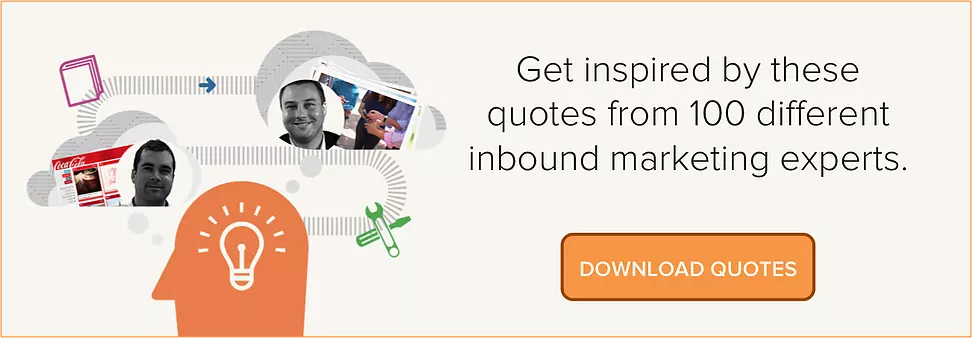
Read More
The “Read more” CTA serves as an invitation to users, enticing them to delve further into an article or blog post by simply clicking on a button or hyperlink. Its primary objective is to enhance user engagement with the content, elevate the overall user experience, and extend visitors’ stay on the website.
By strategically placing the “Read more” button or hyperlink at the end of a teaser paragraph, this CTA effectively captures users’ curiosity, compelling them to explore the full article.
This strategy guarantees users access to extensive information and motivates them to immerse in the content, fostering heightened engagement.
Here’s an example of it:
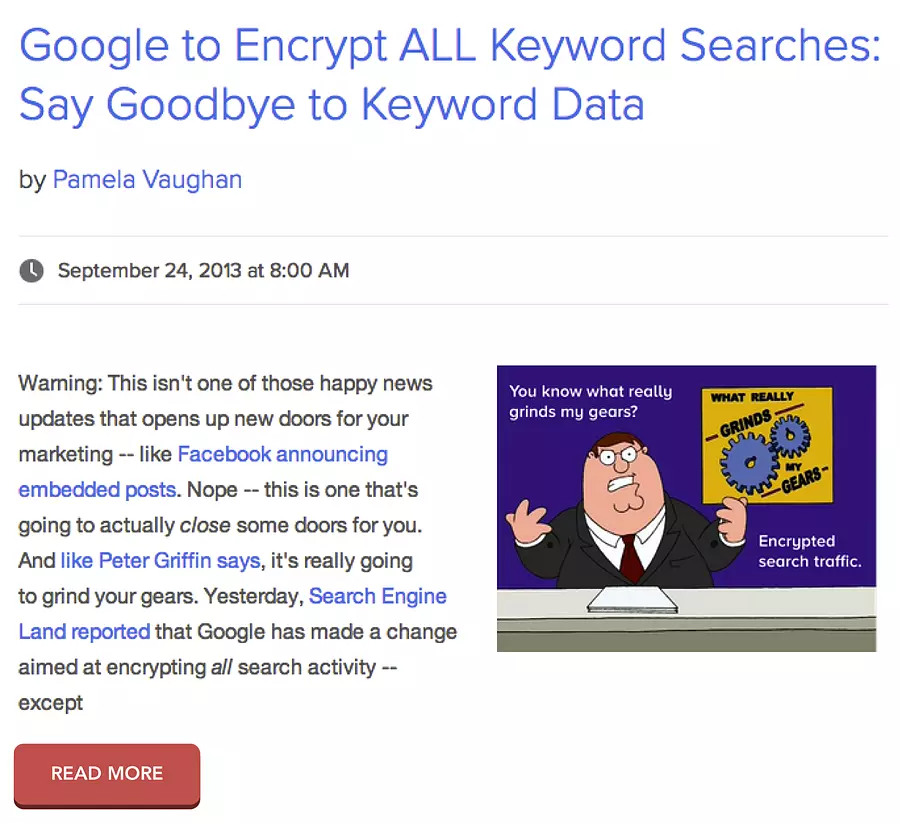
Social Sharing
Social Sharing CTAs motivate users to share By disseminating content on widely used social media platforms such as Facebook, Twitter, or LinkedIn; this deliberate call-to-action assists businesses in broadening their brand recognition and directing traffic to their websites.
By simplifying the process of content sharing, businesses can leverage the immense possibilities offered by social media to extend reach to a broader audience and cultivate increased engagement with their brand. When users share content, they amplify its reach, extending its visibility to their networks and connections.
This increases brand exposure and encourages others to interact with the shared content, generating additional traffic and potential conversions for the business. Ultimately, Social Sharing CTAs leverage the power of social media to amplify brand visibility and generate meaningful user engagement.
Here’s an example of it:
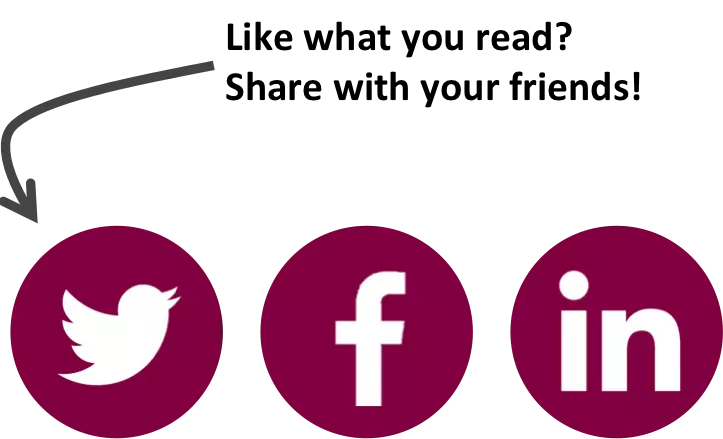
Subscription
The Subscription CTA aims to entice users to willingly subscribe to a newsletter or email list, enabling businesses to establish ongoing communication with their audience. This CTA is a powerful tool for building and expanding an email subscriber base, facilitating regular updates and customer engagement.
By providing incentives like exclusive content, discounts, or special offers, businesses can effectively motivate users to sign up for their newsletters. Subscribers gain access to valuable information, updates on new products or services, and enticing promotions, creating a mutually beneficial relationship. This straightforward communication channel enables businesses to nurture customer relationships, deliver personalized content, and cultivate brand loyalty.
Free Trial/Demo
The Free Trial/Demo CTA is designed to entice users to experience a product or service for a specified duration or with limited features at no cost. This CTA is a powerful tool for businesses to showcase the value and capabilities of their offering while aiming to convert users into paying customers.
By providing a free trial or demo, businesses can effectively reduce user friction and address any uncertainties or hesitations that potential customers may have. This approach helps build trust and confidence by allowing users to explore the product or service firsthand, experiencing its features and benefits.
The Free Trial/Demo CTA enables businesses to demonstrate the unique selling points of their offering and highlight its relevance to users’ needs. Companies can showcase their value proposition and increase the chances of conversion by enabling users to experience the product or service as a trial before making a purchase commitment. Ultimately, this CTA helps businesses convert interested prospects into satisfied customers through an immersive and risk-free trial experience.
Here’s an example of it:

Sales
The Sales CTA is strategically designed to motivate users to purchase by adding an item to their cart or clicking a prominent “buy now” button. This CTA catalyzes driving sales and maximizing revenue for businesses.
By prominently placing the “buy now” button or cart on their website, businesses ensure that the purchasing process is seamless and easily accessible to users. Additionally, providing transparent pricing and shipping information instills confidence and eliminates potential barriers or uncertainties that may hinder decision-making.
The Sales CTA simplifies the user journey by streamlining the path to purchase, allowing users to swiftly and confidently proceed with their transactions. Businesses can efficiently increase their sales and improve overall revenue generation by optimizing the user experience and making it effortless for users to buy.
Here’s an example of sales CTA:
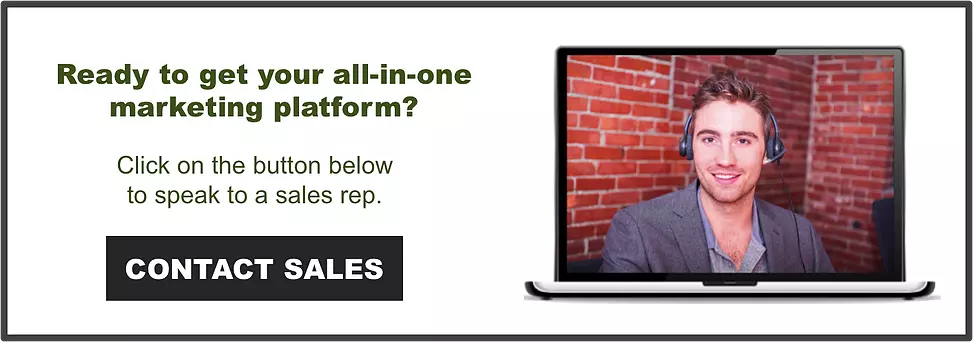
Event Registration
The Event Registration CTA aims to prompt users to register for an upcoming event, whether a webinar, conference, or any other gathering. This CTA is a valuable tool for businesses to generate leads and foster enhanced engagement with their target audience.
Businesses can proficiently convey the value and advantages of attending by providing precise and concise information about the event, including its date, time, and location. Additionally, offering incentives such as early bird pricing or exclusive content motivates users to register promptly.
The Event Registration CTA streamlines the registration process, making it convenient for users to secure their spots and commit to attending the event. This approach allows businesses to capture valuable user information, nurture leads, and establish meaningful connections with their audience. Ultimately, the Event Registration CTA helps companies maximize event attendance, cultivate relationships, and strengthen their brand presence.
Here’s an example of it:

Add To Cart/Checkout
The Add to Cart/Checkout CTA is strategically designed to motivate users to add desired products, add items to their cart, and complete the checkout process. This CTA is a vital driver for sales and revenue growth in e-commerce websites.
Businesses can improve conversion rates and stimulate increased sales by providing a seamless browsing experience, enabling users to explore products and compare prices effortlessly. The Add to Cart/Checkout CTA ensures a streamlined path to purchase, minimizing friction and simplifying the checkout process.
Businesses can optimize the user experience by offering intuitive navigation, clear product information, and a secure and user-friendly checkout interface. By reducing barriers or complications, businesses make it convenient for users to complete their purchases, increasing sales and revenue.
The Add to Cart/Checkout CTA empowers businesses to capitalize on user intent and convert their interest into actual transactions. By creating a smooth and efficient shopping experience, companies can foster customer satisfaction and loyalty and ultimately drive the growth of their e-commerce ventures.
Here’s an example of it:
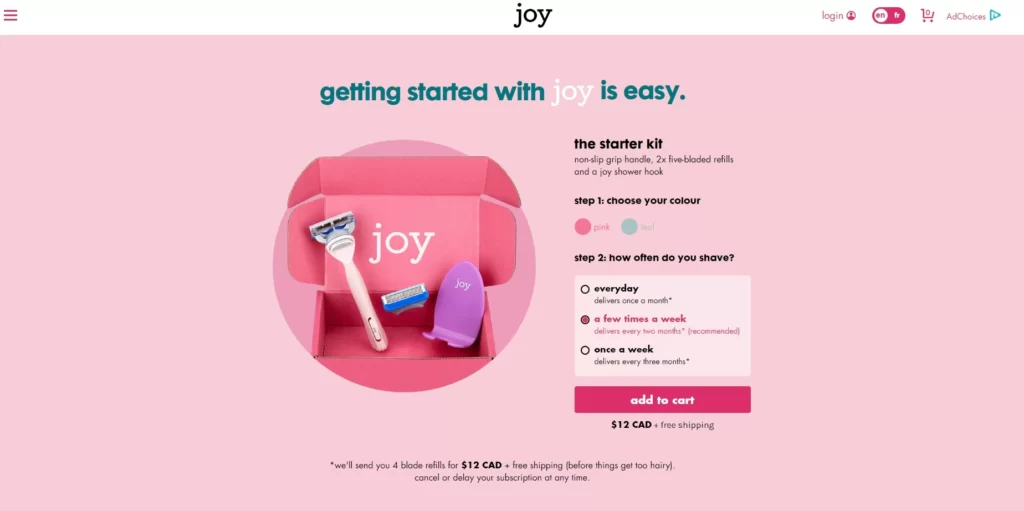
How To Create A Powerful CTA (Call-To-Action)
A powerful Call-to-Action (CTA) can differentiate between a successful and lackluster marketing campaign
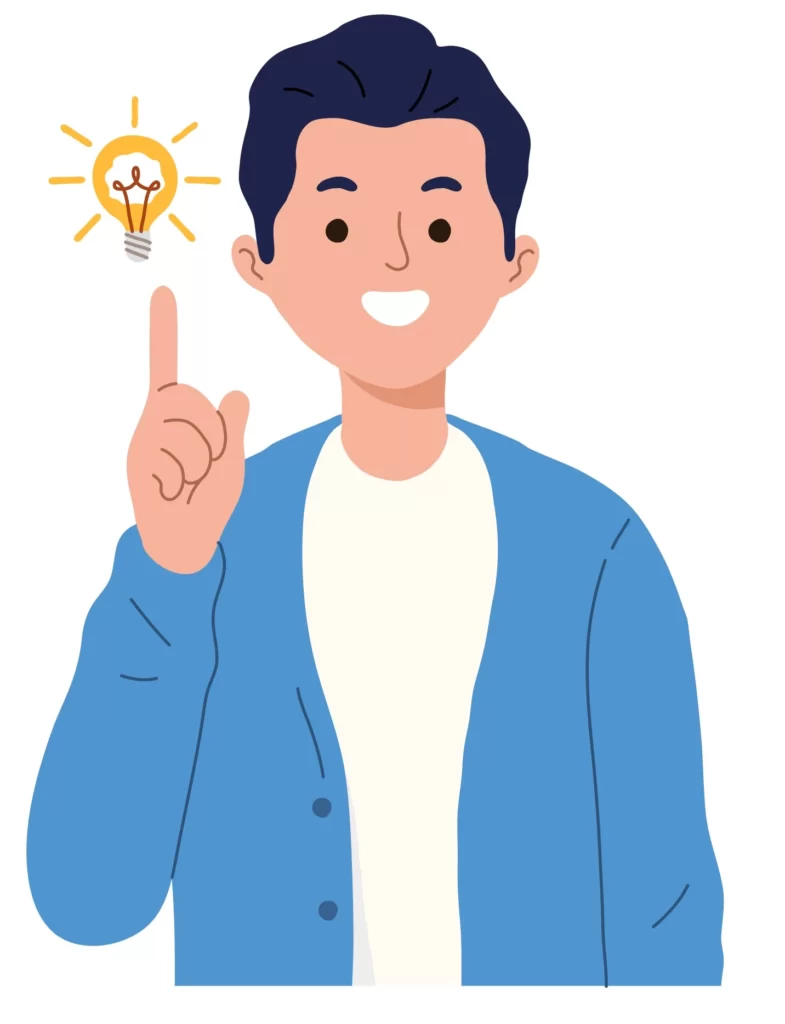
Here are five tips on how to create a powerful CTA:
- Use Strong And Clear Language
The language used in the CTA should be clear, concise, and action-oriented. Avoid using passive language or vague terms that may confuse the user. Use active verbs, such as “download,” “Subscribe,” or “register,” to encourage users to take action.
- Highlight The Benefit
The CTA should convey the benefit. Highlighting the incentive a user will obtain by performing the desired action, such as “Register today and get a complimentary e-book.” is more compelling than simply “Sign up now.”
- Use Urgency
Establishing a feeling of urgency can be a potent method to encourage users to take action. Use words such as “Utilizing Incorporating expressions such as “limited time offer” or “only a few spots left” to evoke a sense of urgency and encourage users to act quickly.
- Make It Easy To Follow
The CTA should be easy to follow and visible on the page. Use contrasting colors, bold fonts, or buttons to make the CTA stand out from other content on the page. Ensure the CTA is placed in a prominent location, such as at the top of the page or above the fold.
- Match The Call-To-Action To The Audience
The CTA should be tailored to the needs and interests of the target audience. Customizing the content to resonate with the preferences of the target audience preferences, such as catering to their interest in a particular product or service, the CTA should be relevant to that product or service.
Final Thoughts
You might have been clear with the concept of CTAs and types of CTAs. Then why wait? Identify the ones that aren’t working for you and replace them with the best CTA.
If you still need help understanding this topic. Then, feel free to leave your questions in the comments section. We will be happy to help you.
Thanks for reading 🙂





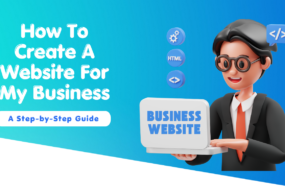
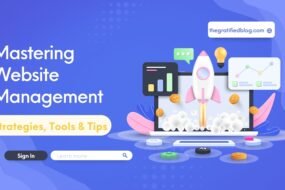

No Comments